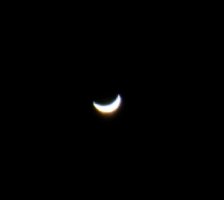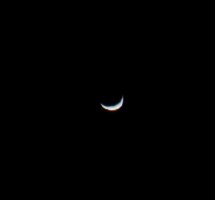Nothing earthshattering here, but... In both cases I raised the contrast a bit, in one case I cropped out really bright ground.
View attachment 192008
The really bright "star" is Jupiter, up a bit and well to the left, that second brightest "star" is Saturn. They're going to get a LOT closer to each other in December...close enough to possibly appear in a telescope simultaneously. 24.0 mm 10sec, f/2.8, iso 10000.
View attachment 192009
The continuation of the Milky way upwards from the horizon takes you into the Summer Triangle (if you're in the Northern Hemisphere). Same exposure info. The bright star top and center is vega, the brightest star in the lower right quarter is altair, and Deneb is at about mid height, a quarter of the way into the image from the left. to the right of Deneb are three stars (fairly widely spaced) that form the "crossbar" of the northern cross, the other two stars in the vertical (which is horizontal in this picture) are a lot harder to pick out.
Steve - as someone who has never tried this, what lens did you use to take these images? I’ve heard “the faster the better” But I’ve also seen some good images taken with the 16-35 f4..
Curious on your opinion.
Upvote
0


